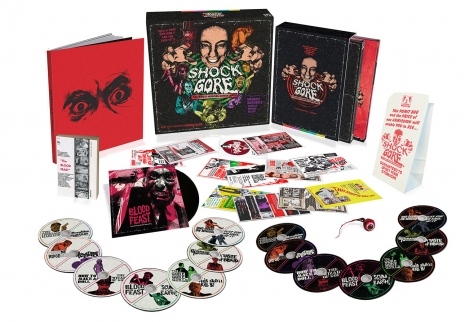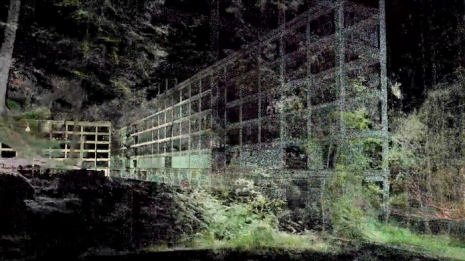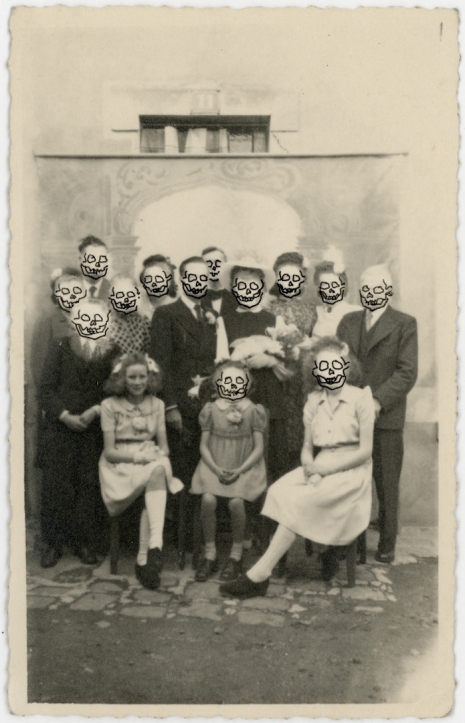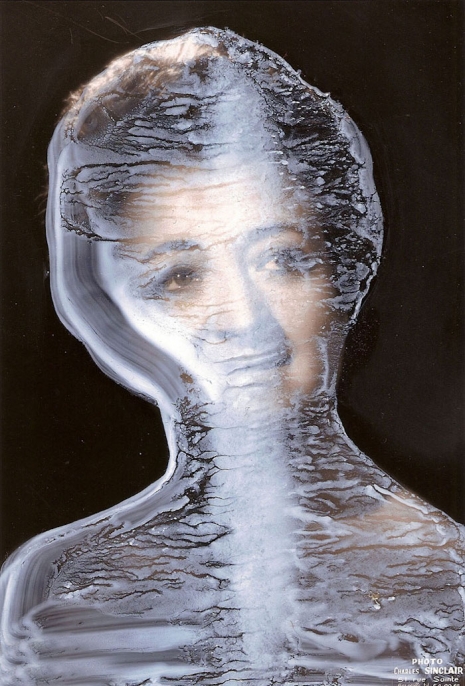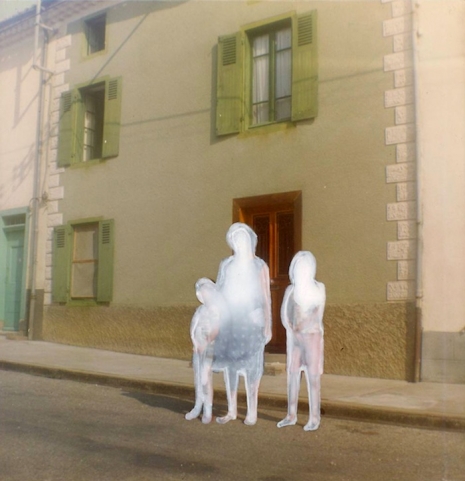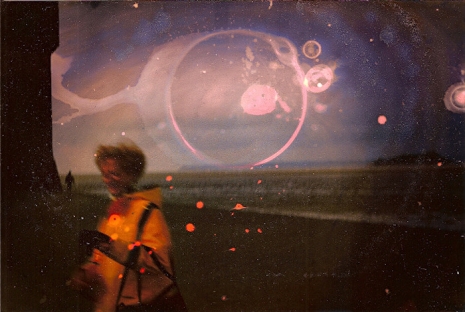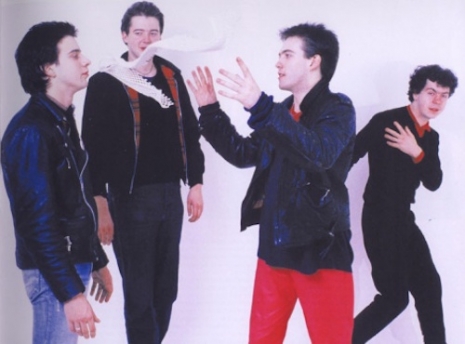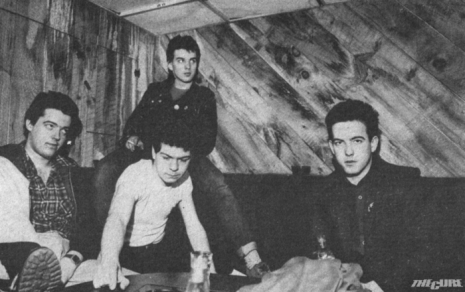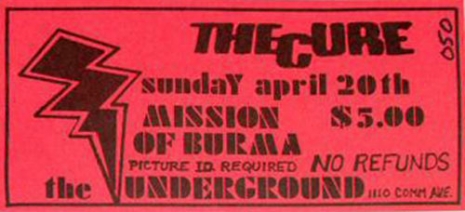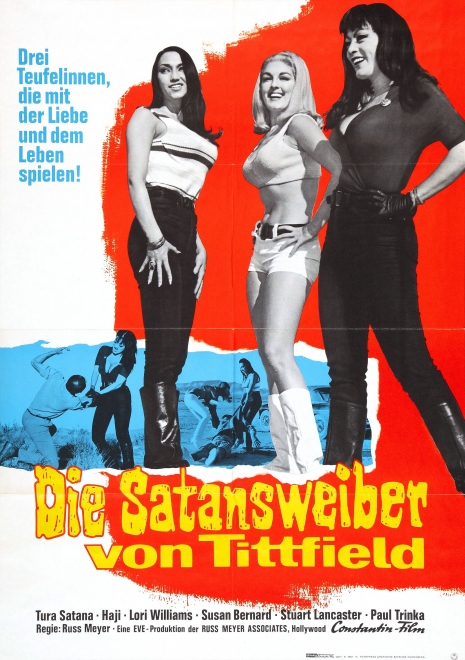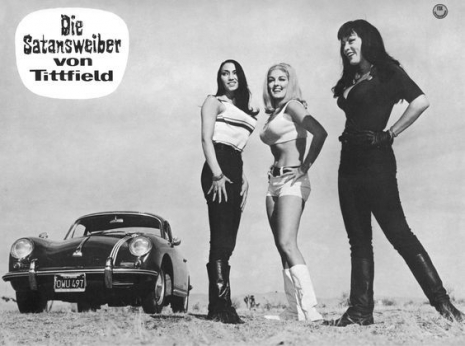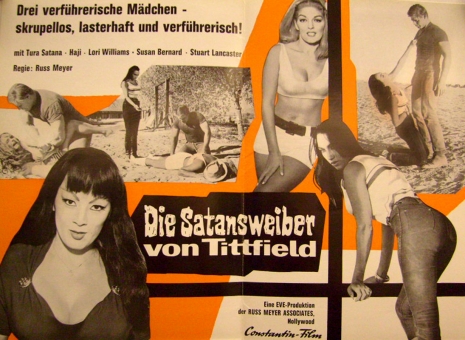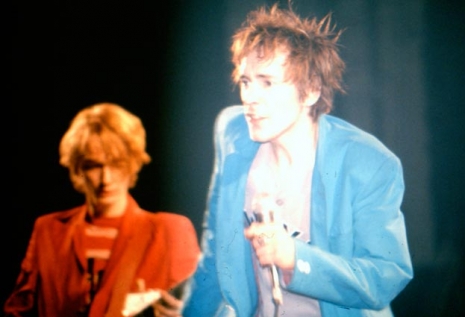
Public Image Ltd live at the Palladium, NYC, April 20, 1980 (photo by Rob Pistella via Fodderstompf)
I confess that I haven’t yet read Jah Wobble’s autobiography, Memoirs of a Geezer, though it’s been sitting on my desk for a month. If I’m apprehensive, it’s only because the last book I read with as promising a title was I, Shithead, and that turned out to be a disappointment because Joey Shithead only has nice things to say about people.
But Martin Scorsese’s name did jump out as I was turning the pages of Wobble’s book, trying to figure out why some paragraphs are set in italics (as below). I didn’t solve that mystery, but I did learn that Scorsese met with Lydon and Wobble about recording the soundtrack to Raging Bull. One can only begin to imagine what a different movie Raging Bull would have been with a soundtrack by Metal Box-era PiL in place of the one Robbie Robertson produced.
Wobble says Scorsese was in the audience at Public Image Ltd’s first New York show, the start of a two-night engagement at the Palladium in April of 1980. And suddenly they were having a showbiz meeting in Marty’s penthouse, and Marty was giving a manic reading of Harry Lime’s famous monologue from The Third Man:
Martin Scorsese was making a film, Raging Bull, and he wanted to have a meet in regard to us doing the soundtrack. I went to meet him with John. We ended up sitting in a penthouse apartment with Scorsese; because of the combination of my first-ever jet lag, speed comedown, booze and general tour weirdness, I was very spaced out (I think I must have had a puff as well). My memory is a bit hazy, but I seem to remember that John left soon after we arrived with some biggish geezer who worked for Scorsese. I don’t know where they went. They may well have explained where they were going, but in the state I was I in I probably just grinned inanely at them. So anyway, I was left in the apartment with Scorsese. I was very happy because the bloke was an absolute hero to me. Taxi Driver, as far as I was concerned, was a masterpiece. Paul Schrader wrote the incredible screenplay. Apparently, Schrader was brought up in a strictly Calvinist household, and didn’t see a movie until he was eighteen; he’s a very interesting bloke. The soundtrack by Bernard Herrmann is also something I never tire of.
Scorsese was a like a cat on a hot tin roof, just couldn’t sit still. He was jabbering away like crazy. I recall him beckoning me to the window. He pointed down at the people milling around on Broadway. (We were several floors up in a skyscraper.) He asked me if I would care if ‘one of those little “dots” suddenly stopped moving’. I immediately knew what he was on about; he was reciting Orson Welles’ speech from Carol Reed’s adaptation of Graham Greene’s The Third Man, the one where Orson is on the Ferris wheel and goes on about ‘the Renaissance’, ‘cuckoo clocks’, ‘the Borgias’ and ‘Switzerland’. Basically Scorsese did a performance. He was very wired and his delivery was far more urgent and imploring than Orson’s. His face was no more than two feet from mine.
I certainly wasn’t disappointed with Scorsese, he more than lived up to any expectations that I had. To tell the truth I don’t like all his films but when I do I love them; Taxi Driver, GoodFellas, Casino, Last Temptation and Kundun are the ones for me.
I can’t remember how the encounter ended, but eventually John came back. I dimly remember Raging Bull being discussed, the storyline and all that. I don’t think they showed us scenes from the film or anything. I vaguely remember thinking that they weren’t really serious. Anyway, we never did the soundtrack for Raging Bull.
More after the jump…







